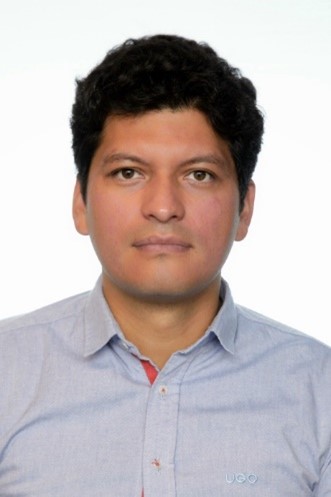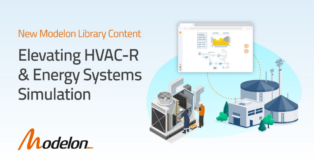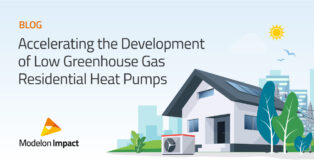Overcoming Barriers to Heat Pump Adoption

Broad, global adoption of heat pump systems is important. For example, in order to reduce carbon emissions and reach carbon neutrality by 2050 (as outlined in the International Energy Agency’s Net Zero Emissions by 2050 Scenario), heat pumps will need to provide at least 20% of the world’s heating and cooling by 2030. Right now, we aren’t even halfway there: heat pumps meet just 10% of our global HVAC needs. In order to get on track, we need 600 million heat pump installations worldwide over the next six years.
According to the International Energy Agency, “the large majority of current space and water heating demand could be met with lower CO2 emissions by using heat pumps instead of condensing gas boilers.” The biggest current barrier to heat pump adoption isn’t the technology; it’s demand: people are rightfully hesitant to trust a technology they don’t fully understand. This is especially the case when that technology might require a higher investment.
Heat Pump Cost Slows Heat Pump Adoption
In the United States, a heat pump system and associated installation costs are between $2,500 and $10,000. That doesn’t include any modifications or upgrades that may need to be made to existing insulation or ductwork in order to shift from an older air conditioner and heating system to a new heat pump.
Meanwhile, the average American household doesn’t have the savings needed to cover a $1,000 medical emergency, let alone thousands of dollars to spend on a heating and cooling solution they don’t understand and don’t feel they need when their existing furnace and air conditioning “work just fine.”
But increasing the affordability of heat pumps is a thorny engineering challenge, given that engineers are obliged to focus much of their energy on updating their heat pumps to use new, more environmentally friendly refrigerants in order to meet stricter regulatory expectations.
Adhemar Araoz is an HVAC and Refrigeration Industry Expert with Modelon, and often helps thermal engineers working in heat pump research and development. He’s seen how some aspects of the heat pump design process may be inadvertently driving up costs and preventing improvements that would encourage broader adoption.
Lowering Design and Engineering Costs with Physics-based Simulation Modeling

Of the simulation and thermal engineers that use simulation tools, many continue to rely on simplified models and “back-of-the-envelope” calculations. This can be a very efficient approach, especially if you already have a given solution and are just trying to make a few tweaks to that design (for example, replacing outdated components with pre-designed modern components).
But these models fall short as you take on more ambitious tasks, because they fail to capture the complete physics and phenomena of all the pertinent systems.
“If you just want to predict what is going to happen with one system in particular after changing to a new working fluid,” Adhemar explains, “then, of course, you can just go for a heuristic approach and try to predict things that way. But if you want to explore the design, if you want to explore variants, a new concept, or innovate to explore energy efficiency, then you need more than a simplified model. Energy efficiency depends a lot on the overall design of the equipment that you are dealing with” and how it interacts with other physical systems.
“In those kinds of applications,” Adhemar says, “physics-based modeling is the best solution because you’re actually capturing all the physics. With a simplified model, that’s not possible.”
There are pros and cons to any modeling approach. Many engineers are most comfortable with the simplified, steady-state models they’re accustomed to using. They can continue using that approach in Modelon Impact. But Impact also gives them access to physics-based dynamic modeling, so they can create more complete models and tackle bigger challenges. Modelon offers a comprehensive suite of heat-pump specific tools, libraries, and tutorials to help HVAC engineers explore using physics-based modeling to ease their workflow.
By adopting more comprehensive physics-based models, the thermal engineers Adhemar is working with are already making greater strides in less time. This in turn has the potential to remove obstacles to consumer heat pump adoption by bringing more efficient, lower cost heat pumps to market more quickly.


